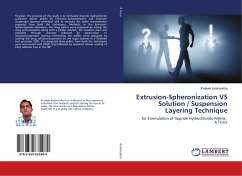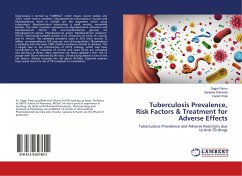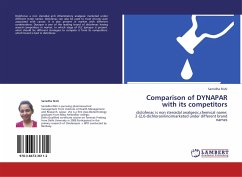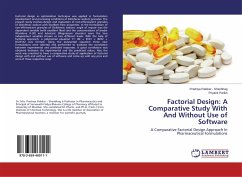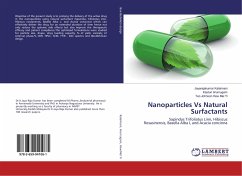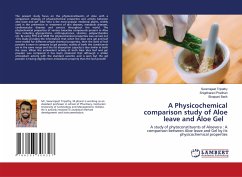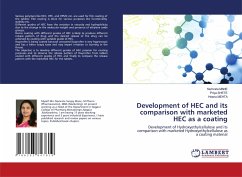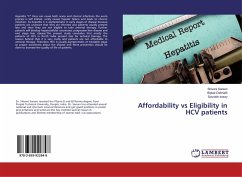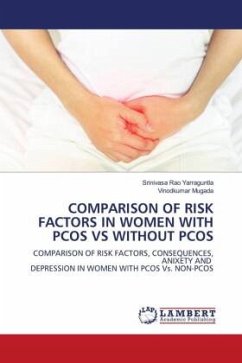
COMPARISON OF RISK FACTORS IN WOMEN WITH PCOS VS WITHOUT PCOS
COMPARISON OF RISK FACTORS, CONSEQUENCES, ANIXETY AND DEPRESSION IN WOMEN WITH PCOS Vs. NON-PCOS
Versandkostenfrei!
Versandfertig in 6-10 Tagen
29,99 €
inkl. MwSt.

PAYBACK Punkte
15 °P sammeln!
In women of reproductive age, polycystic ovary syndrome is the most prevalent endocrine disorder. Globally prevalence estimates of PCOS are highly variable, ranging from 2.2% to 26% of this age group. PCOS is characterized by menstrual irregularity, signs of hyperandrogenism such as acne, hirsutism, alopecia, infertility, and acanthosis nigricans of which hirsutism is most often observed. Participants in our study had a higher BMI, cravings for sweets, drinks, junk food, weight gain, menstrual irregularities, hirsutism, alopecia, acanthosis nigricans, sleep problems, anxiety, and depression wh...
In women of reproductive age, polycystic ovary syndrome is the most prevalent endocrine disorder. Globally prevalence estimates of PCOS are highly variable, ranging from 2.2% to 26% of this age group. PCOS is characterized by menstrual irregularity, signs of hyperandrogenism such as acne, hirsutism, alopecia, infertility, and acanthosis nigricans of which hirsutism is most often observed. Participants in our study had a higher BMI, cravings for sweets, drinks, junk food, weight gain, menstrual irregularities, hirsutism, alopecia, acanthosis nigricans, sleep problems, anxiety, and depression when compared to those without PCOS.



